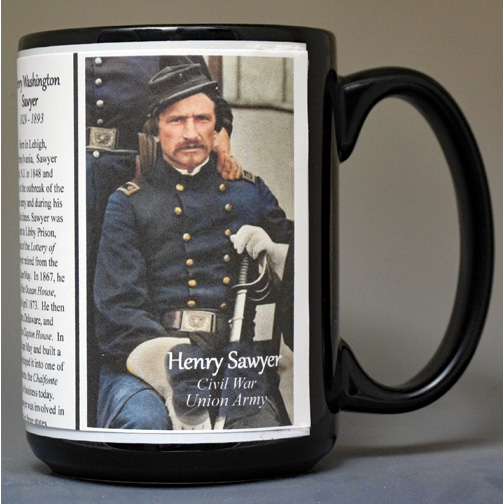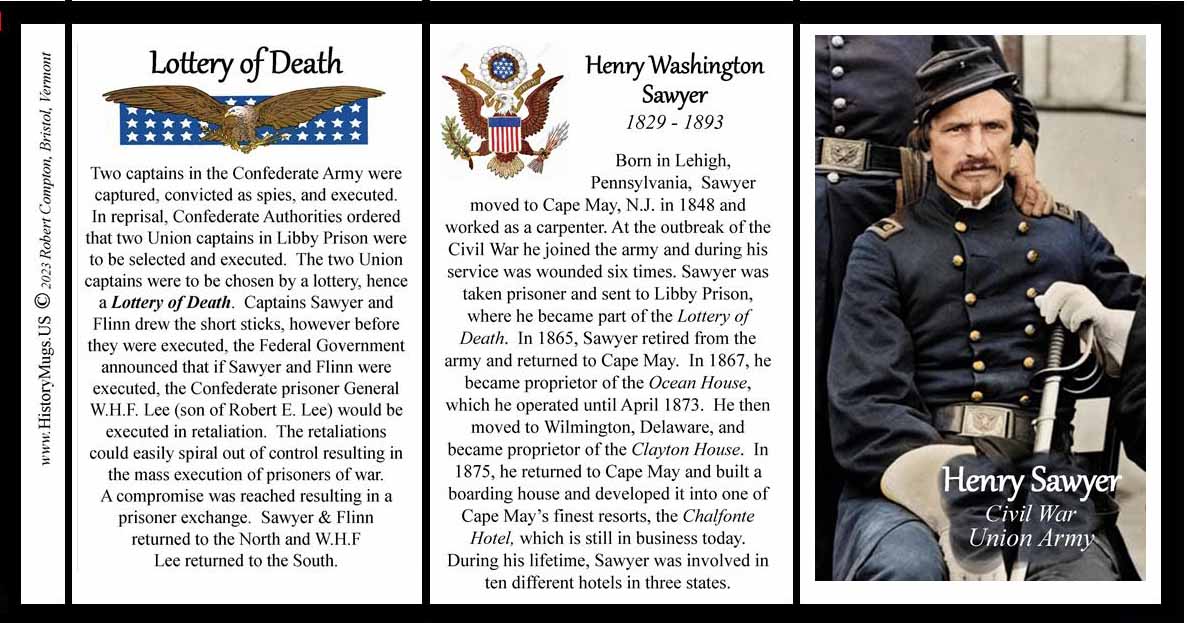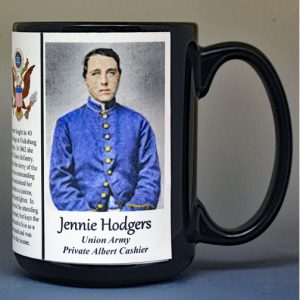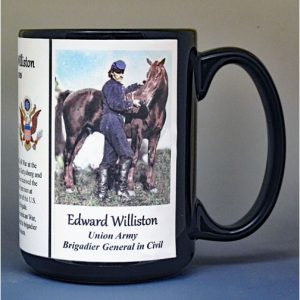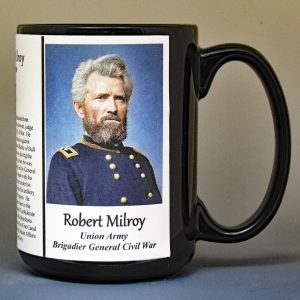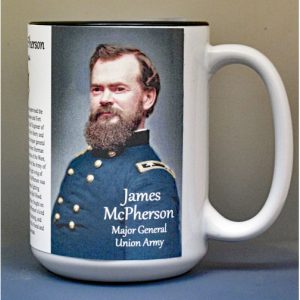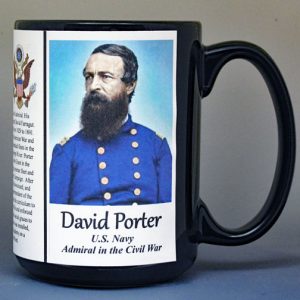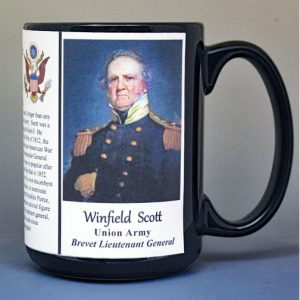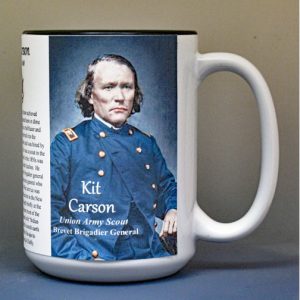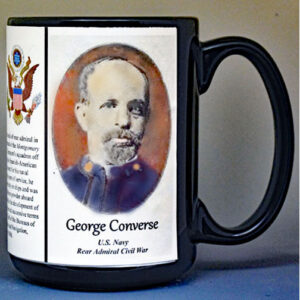Description
Born in Lehigh, Pennsylvania, Henry Washington Sawyer moved to Cape May, N.J. in 1848 and worked as a carpenter. At the outbreak of the Civil War he joined the army and during his service was wounded six times. Sawyer was taken prisoner and sent to Libby Prison, where he became part of the Lottery of Death. In 1865, Sawyer retired from the army and returned to Cape May. In 1867, he became proprietor of the Ocean House, which he operated until April 1873. He then moved to Wilmington, Delaware, and became proprietor of the Clayton House. In 1875, he returned to Cape May and built a boarding house and developed it into one of Cape May’s finest resorts, the Chalfonte Hotel, which is still in business today. During his lifetime, Henry Washington Sawyer was involved in ten different hotels in three states.
Lottery of Death
Two captains in the Confederate Army were captured, convicted as spies, and executed. In reprisal, Confederate Authorities ordered that two Union captains in Libby Prison were to be selected and executed. The two Union captains were to be chosen by a lottery, hence a Lottery of Death. Captains Sawyer and Flinn drew the short sticks, however before they were executed, the Federal Government announced that if Sawyer and Flinn were executed, the Confederate prisoner General W.H.F. Lee (son of Robert E. Lee) would be executed in retaliation. The retaliations could easily spiral out of control resulting in the mass execution of prisoners of war. A compromise was reached resulting in a prisoner exchange. Sawyer & Flinn returned to the North and W.H.F Lee returned to the South.
This Henry Washington Sawyer mug is part of our Civil War series profiling participants in the War Between the States. Thousands of Confederate and Union soldiers fought in battles such as Bull Run, Antietam, Fredericksburg, Chancellorsville, Gettysburg, Vicksburg, Chattanooga, Cold Harbor, and Petersburg. We honor their sacrifices by telling their stories.
The biographical History Mugs were created to teach and inspire individuals to learn about our diverse and interesting history. The biographies were researched and written by history enthusiast, Robert Compton. He colorized most of the historic photos and images used on the mugs, which were originally black and white or sepia-tone. The images and biographies are imprinted on mugs at his studio in rural Vermont.
- Mugs are food and microwave-safe.
- To preserve photographic quality we recommend hand washing.
- Mugs are usually shipped within 3-5 days.

